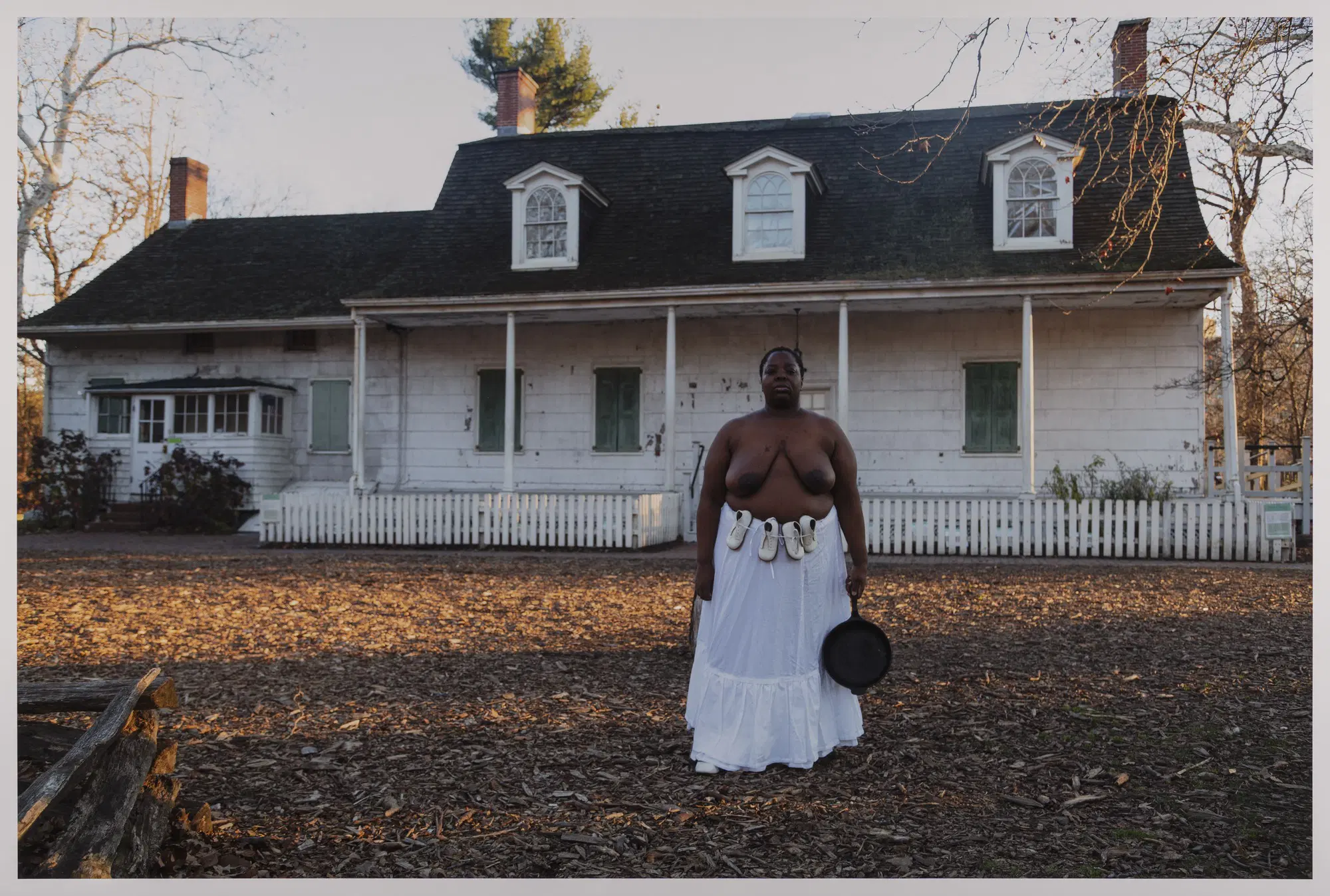Brooklyn Icons
Discover all the Brooklyn Icons, and keep checking back for more content throughout the 200th year.
Welcome to the Brooklyn Museum. This is the spot where we see art as a vital force for personal transformation and bring the past into conversation with our present.
In 2024, we mark 200 years of doing things the Brooklyn way. To celebrate, we’re recognizing 200 Brooklyn Icons: a set of standout artworks from across our encyclopedic collection. These works are singular for the stories they tell, teaching us about creative innovation, social movements, and our shared humanity.
As you explore the Icons, we invite you to dive into these histories and consider what lessons they hold for the next two centuries of art.
—Anne Pasternak, Shelby White and Leon Levy Director, Brooklyn Museum
In the Collection
Block Statue of Senwosret-senebefny

Elephant Tusk Carved with Figures in Relief
Vili
Flower Sniffer
Emma Amos
Anthropoid Coffin of the Servant of the Great Place, Teti

Not Gone With The Wind, Lefferts House, Brooklyn
Nona Faustine
Tapa (Masi)
Fijian
The Judgement
Bob Thompson
A Resting Place of Prisoners
Vasily Vereshchagin
Wine Jar with Fish and Aquatic Plants

akingdoncomethas
Arthur Jafa
Prayer Stone 5
Pouran Jinchi
Bowl of Reflections

Sponsored by

